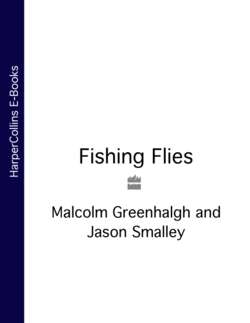Читать книгу Fishing Flies - Smalley - Страница 20
ITALY’S VALSESIAN FLIES
ОглавлениеThe Sesia River flows from the Piedmont Alps of Italy. It has long been a great trout and grayling stream. So it is not surprising that it is one of the earliest centres of world fly-fishing and fly-tying, with its own special style of fly named after the valley, Valsesia, also published as Valasesiana. These flies have been traced back to 1570, 74 years after the Treatyse was published and only twelve years after Gesner’s great book. Dr Nicola di Biase considered that they were fished much earlier (Grayling Journal, Summer 2007). The flies provided by Dr di Biase to illustrate her article show the flies to have a wound hackle, making them similar to the softhackles North Country style (see here), but (assuming that they were really tied that way in the sixteenth century) predating them by over a century. The hackling is, however, much heavier, and the hackle is forced forwards by several turns of thread immediately behind it. This method of hackling gives the fly more ‘kick’ than the conventional spider as the fly passes through turbulent mountain streams.
Different tyings of Valsesian flies were not, it seems, given different names. This was probably because tyers used what feathers were ready to hand, and what matched the real flies that the trout and grayling were taking. The following are three examples.
Body: Purple thread.
Hackle: Snipe upper wing covert.
Body: Orange thread.
Hackle: Brown speckled partridge.
Body: Olive thread.
Hackle: Starling neck.
